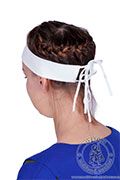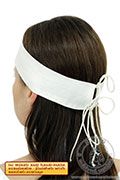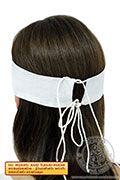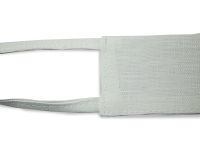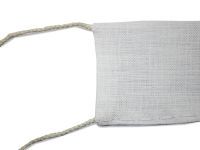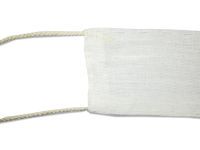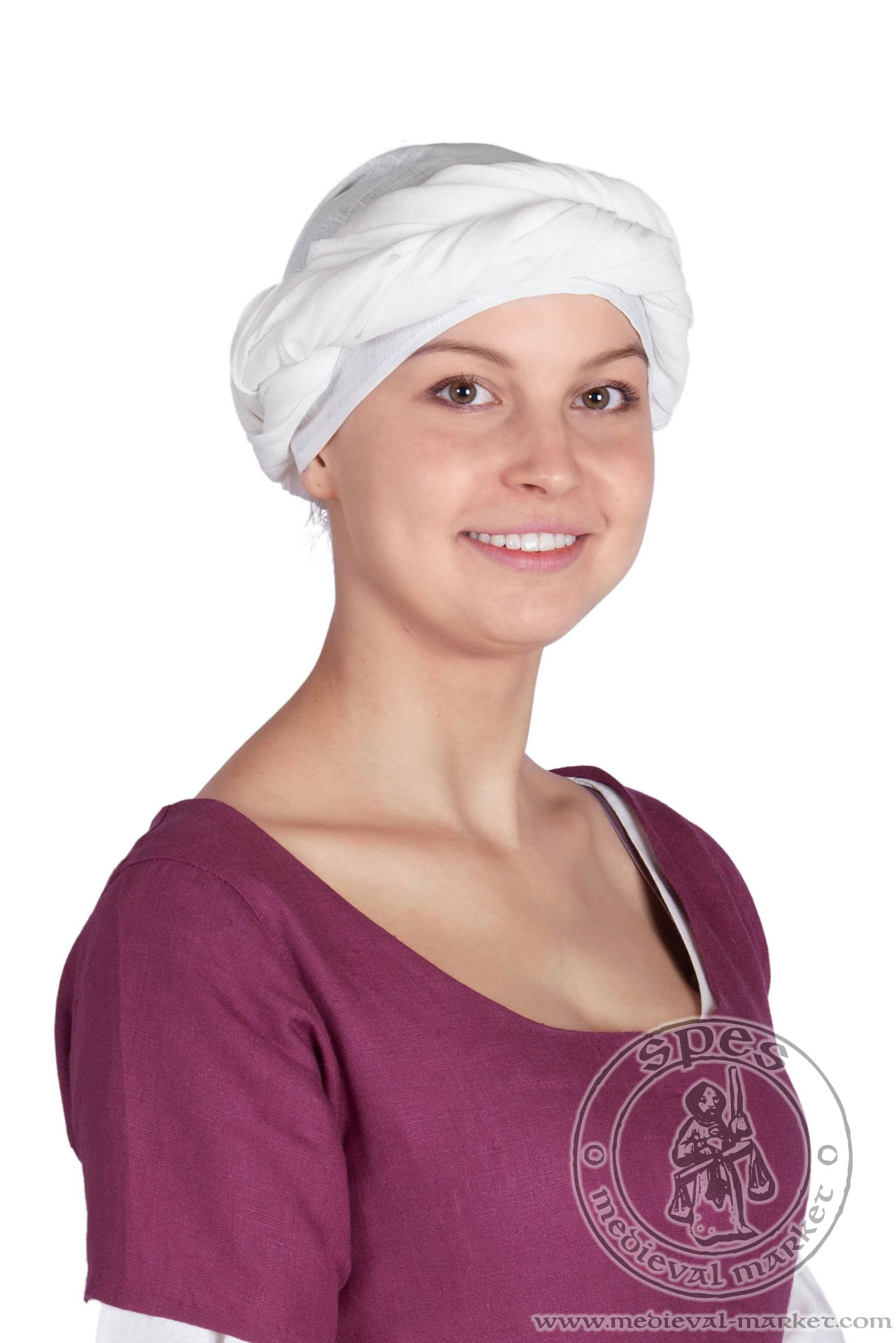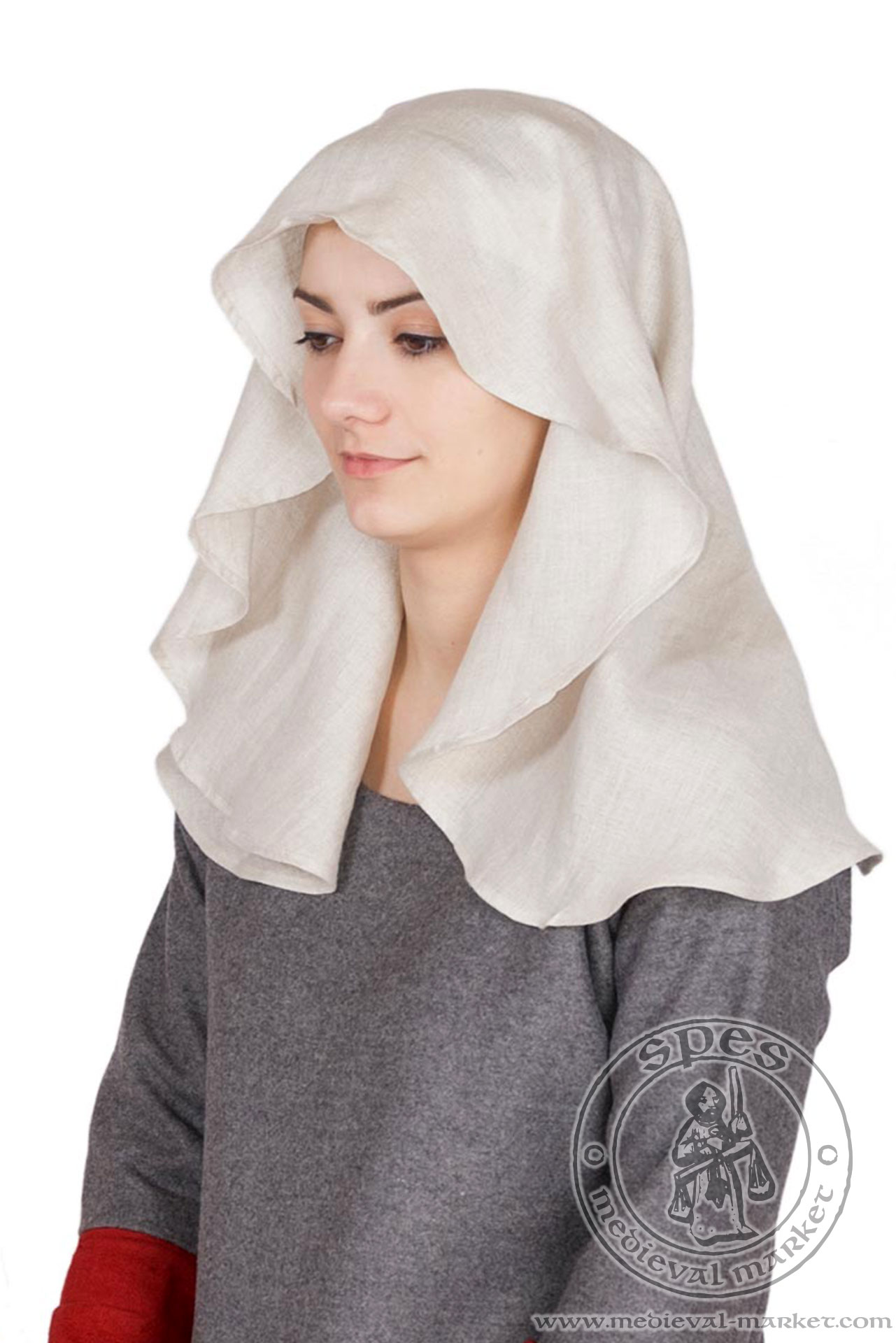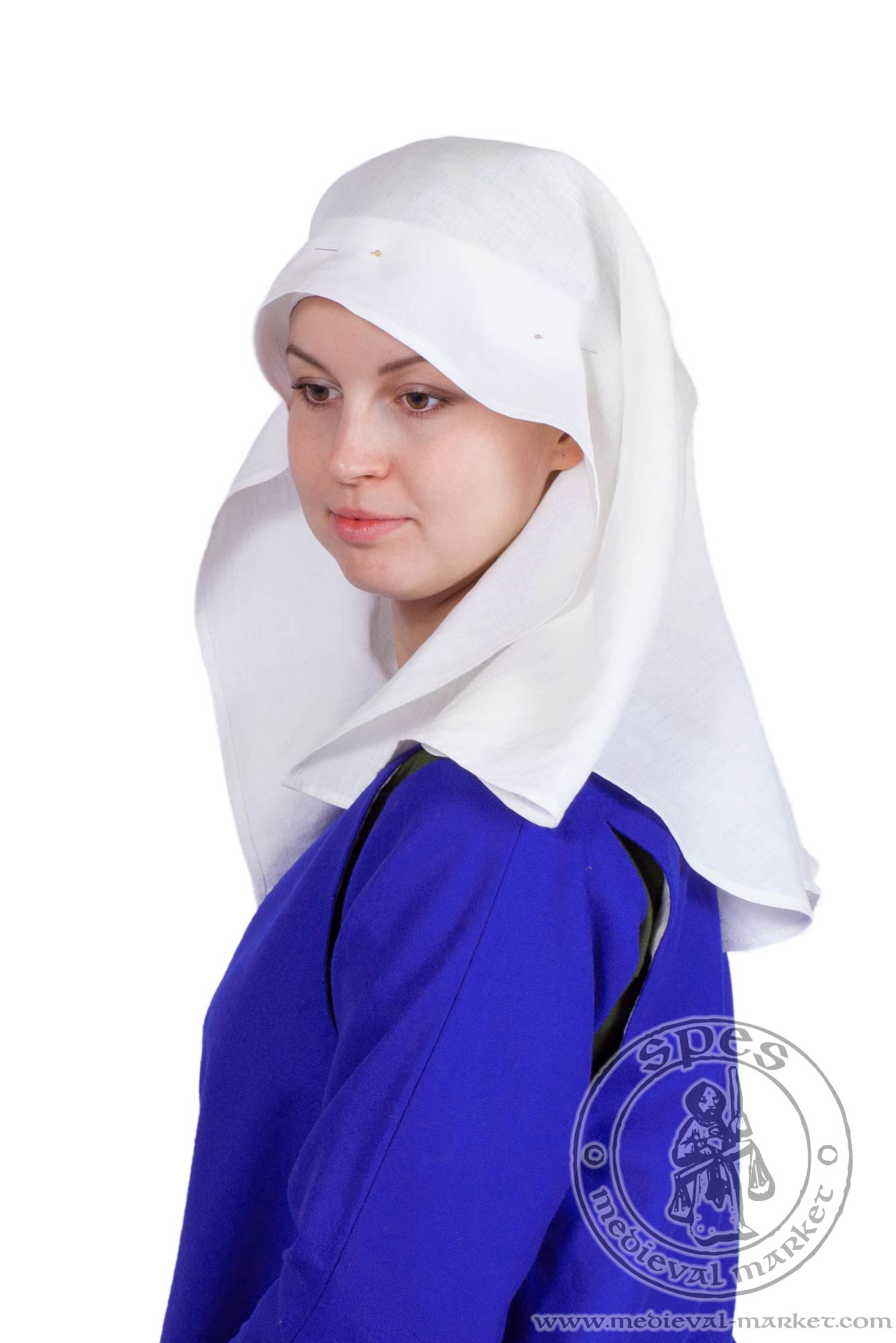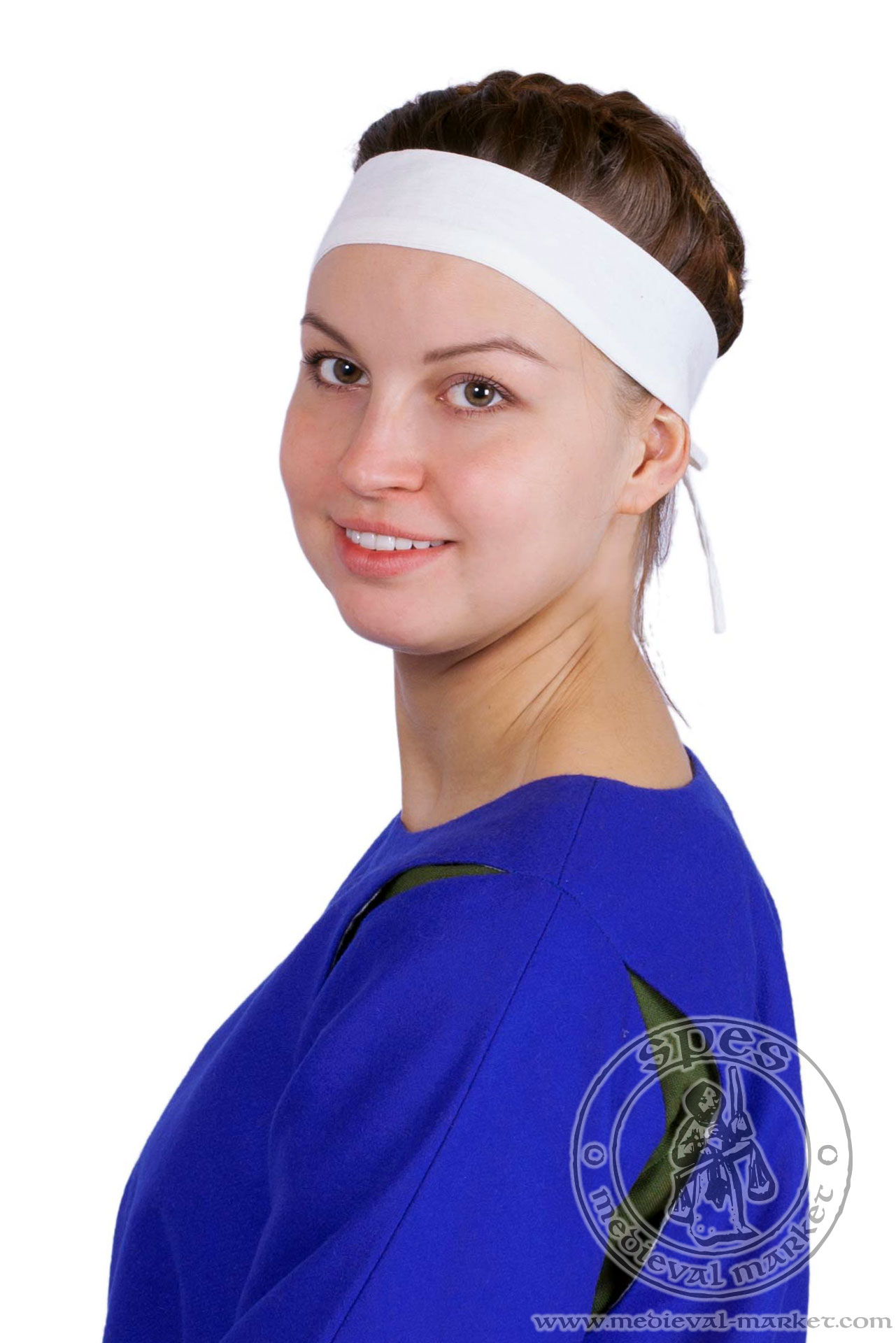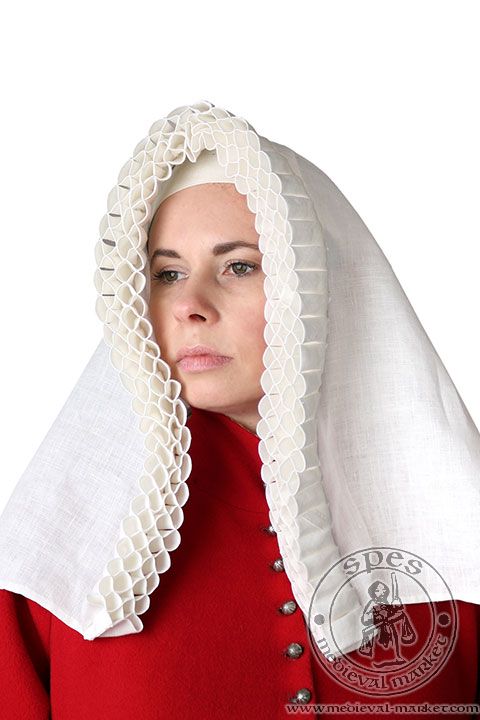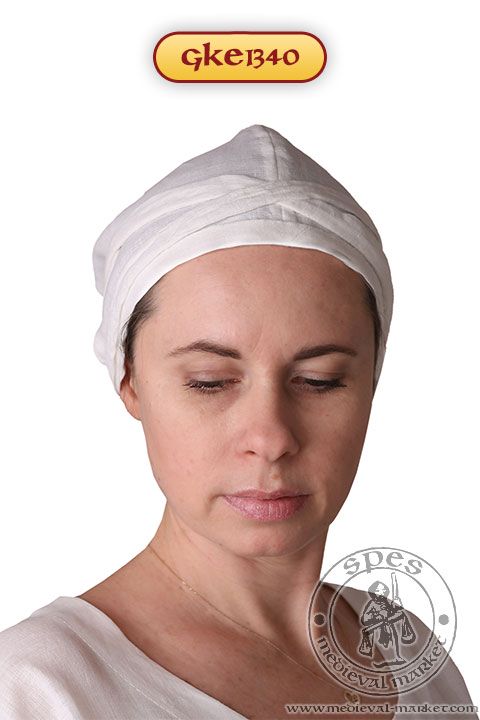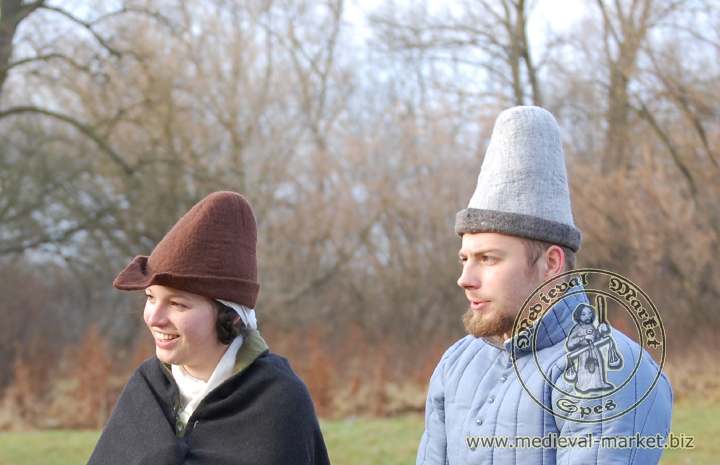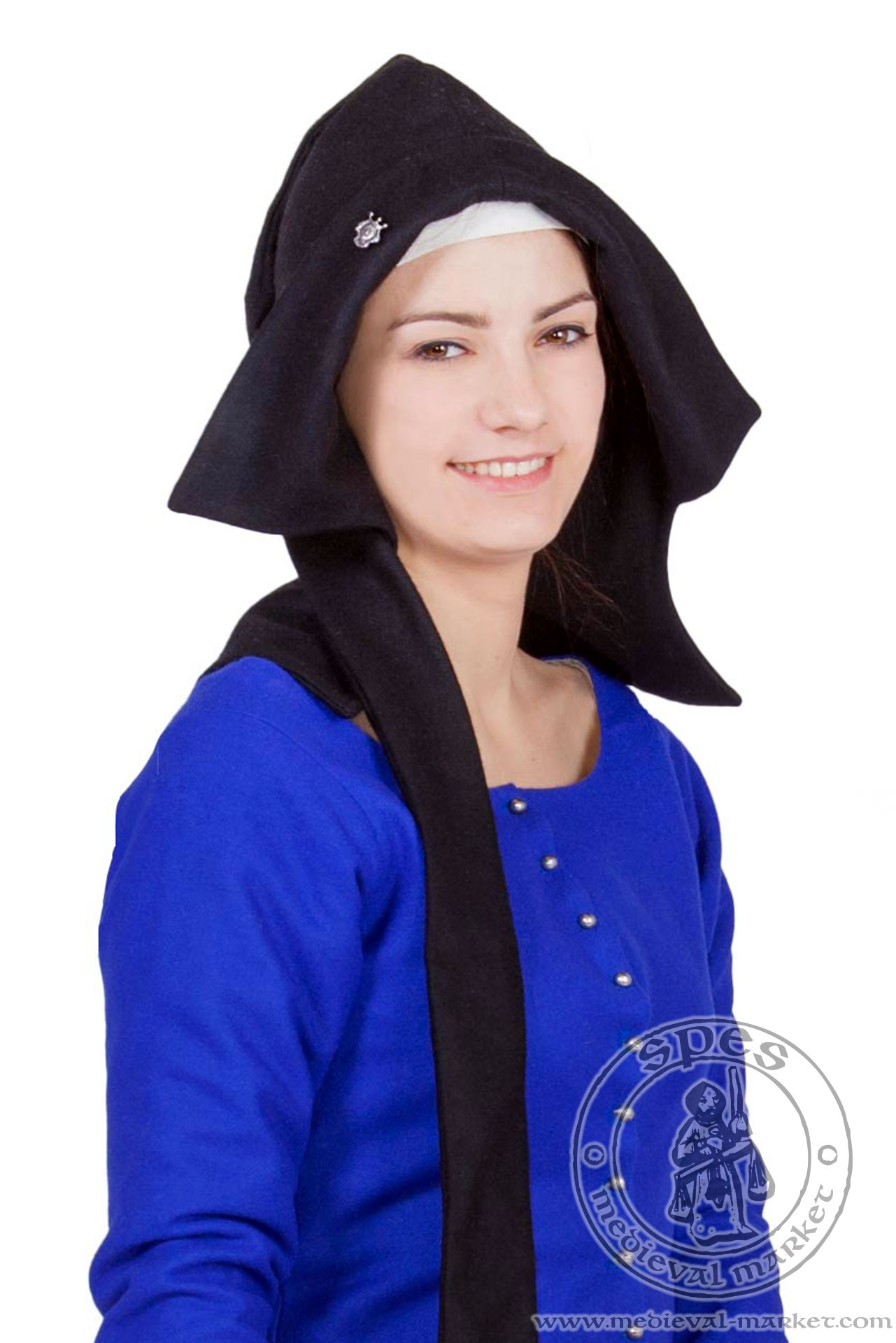This website uses cookies according to the Privacy Policy. By continuing to use the site you are agreeing to our use of cookies.
If you wish to adjust your cookie preferences for this website, you can do so using your browser settings.
If you wish to adjust your cookie preferences for this website, you can do so using your browser settings.



×
Automatic translation may cause errors - if you have encountered difficulties in placing an order, turn off these options in your browser.
Category: Female Clothing > medieval headwear
Fillet
Fillet
Century: XII, XIII, XIV, XV| CODE | Material |
Standard
|
Price | |
| GKlE0588 | White Linen | Machine-made | 10.00 EUR |
|
| GKLR0590 | White Linen | Hand-made | 12.00 EUR |
|
| GKLS0589 | White Linen | Mixed | 11.00 EUR |
|
Lowest price in the last 30 days
See how to place an order for several people
A linen medieval fillet used to attach headkerchief or other headwear.
At the times of antiquity, a fillet had a form of a narrow band of cloth, leather or some form of garland, usually worn by athletes. It was often worn as a sign of royalty and became symbolized in later ages as a metallic ring which was a stylized band of cloth.
In medieval times, a fillet was a type of headband worn by unmarried women, usually with a veil or barbette. Kerchiefs of this type were attached to the fillet with pins.
Fillet dimensions:






 Male clothing
Male clothing Accessories
Accessories Furniture
Furniture Tents
Tents Armament
Armament HMB Line
HMB Line Miscellaneous
Miscellaneous Rent
Rent In stock
In stock Special Offers
Special Offers Search
Search Your Account
Your Account About us
About us Sizing
Sizing How to buy
How to buy Blog
Blog Links
Links Events
Events

